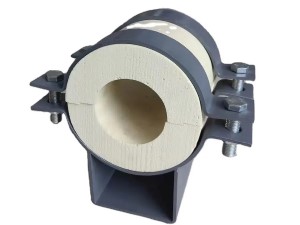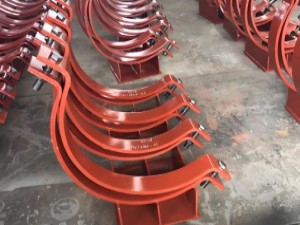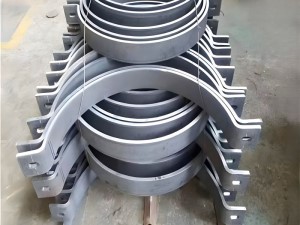Age hardening
A phenomenon that the hardness or strength of the supersaturated solid solution treated by solid solution treatment is aging treatment at room temperature or above. The reason is that the supersaturated solid solution is formed by the products of precipitation, segregation, ordering and other reactions during the aging process, which fills the crystal gaps and increases the resistance of dislocation movement. Under the interaction of dislocations and precipitated products, the hardening mechanism includes dislocation shearing precipitated phase particles. The area of the phase boundary between the matrix and the particles increases, which turns the external force into interface energy; the stacking fault energy difference between the precipitated phase and the matrix; the difference between the matrix and the precipitated particles The shear modulus is different.
In addition, the interaction between the precipitated phase and the matrix coherent strain field; the parameter mismatch; the orderly coherent precipitation hardening effect; the movement of dislocations produces antiphase domain boundaries, so that the dislocations cannot be bent and bypassed by the precipitated phases to form dislocation loops. Can produce hardening. Controlling aging temperature, time and other conditions can make the alloy obtain different structure and strengthening effects.
Process foundation
In most alloys that undergo aging strengthening, the original structure is composed of a solid solution and certain metal compounds. The melting degree of the solid solution increases with the rise of temperature. Quenching before the aging treatment is to make as much melt as possible melt into the solid solution during heating, and then, although the melting degree decreases in the rapid cooling, the excess melt is too late to be analyzed from the solid solution and formed Supersaturated solid solution. Quenching for this purpose is often called solid solution heat treatment. After long-term repeated studies, it has been confirmed that the essence of age hardening is the precipitation of many very fine precipitate particles from the supersaturated solid solution (usually metal compounds, or the melt atoms in the supersaturated solid solution may gather in many tiny areas. ), the formation of some very small melt atom-rich regions.
When the solid solution treatment is carried out before the aging treatment, the heating temperature must be strictly controlled in order to maximize the molten atom energy into the solid solution without causing the alloy to melt. The allowable deviation of the heating temperature of many aluminum alloy solutions is only about 5°C. For artificial aging treatment, the heating temperature and holding time must be strictly controlled to obtain the ideal strengthening effect. In production, staged aging is sometimes used, that is, it is held at room temperature or a temperature slightly higher than room temperature for a period of time, and then at a higher temperature for a period of time. This can sometimes get better results.





